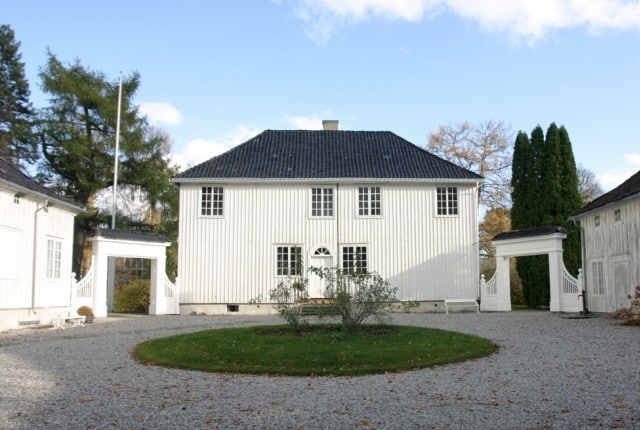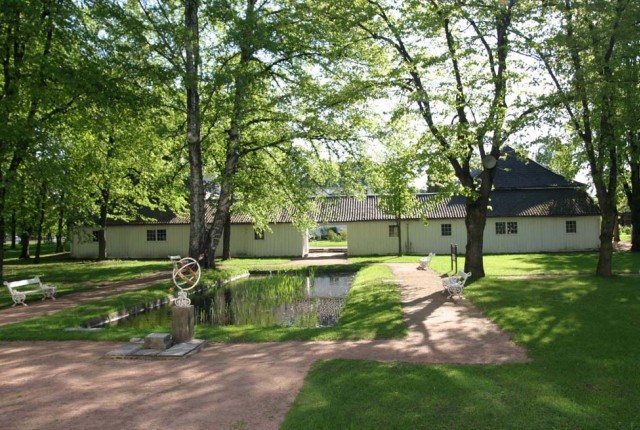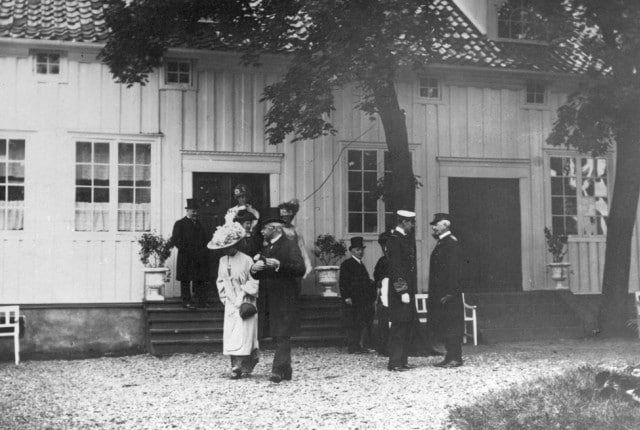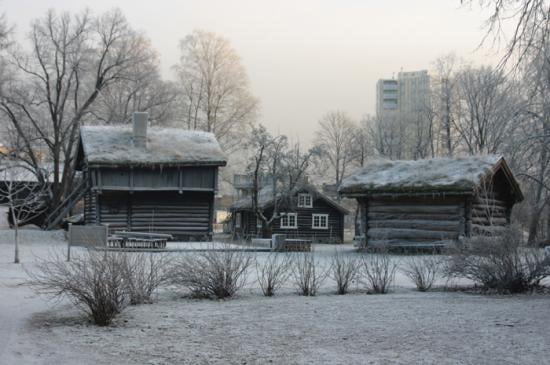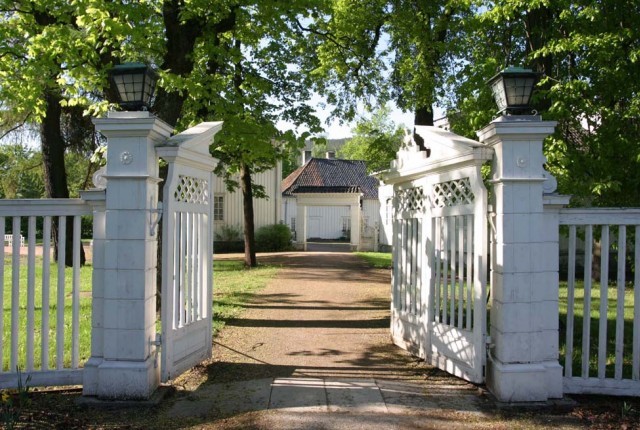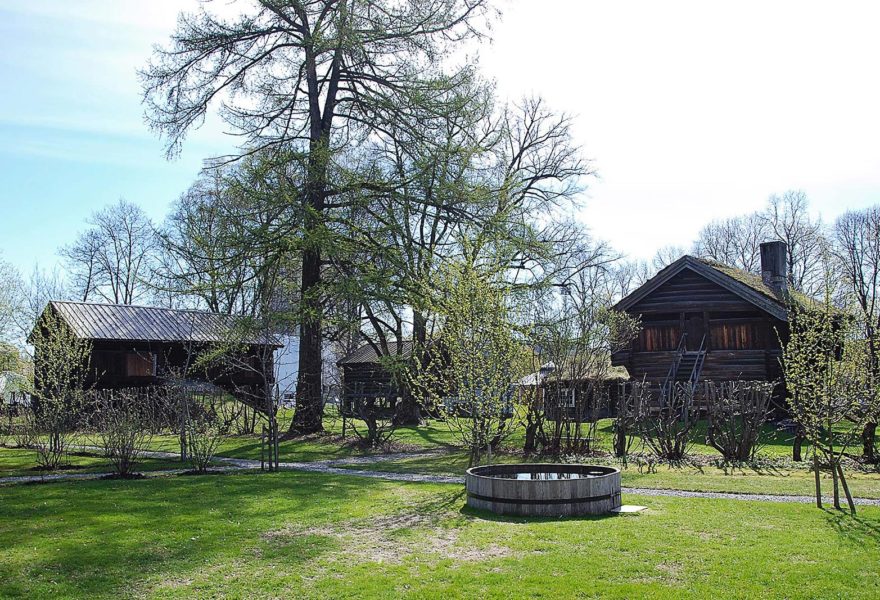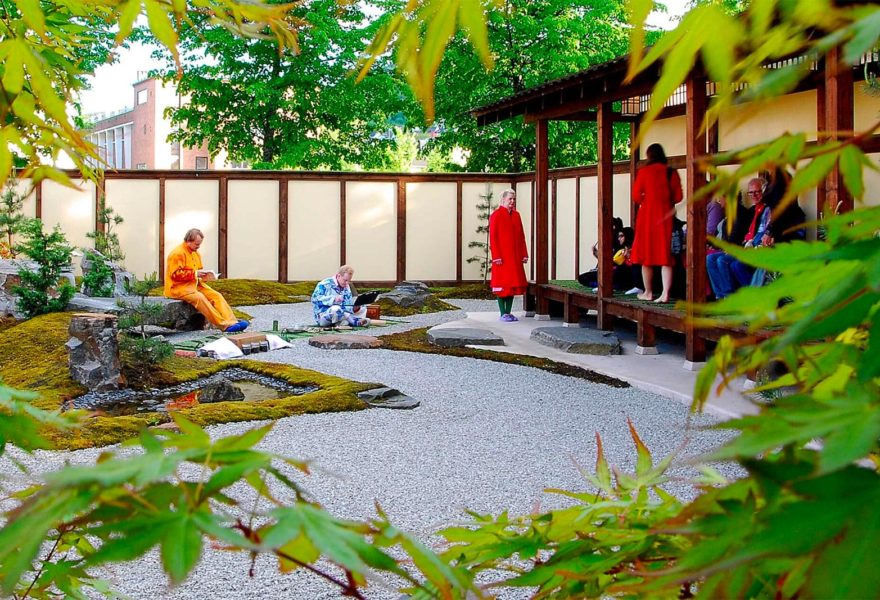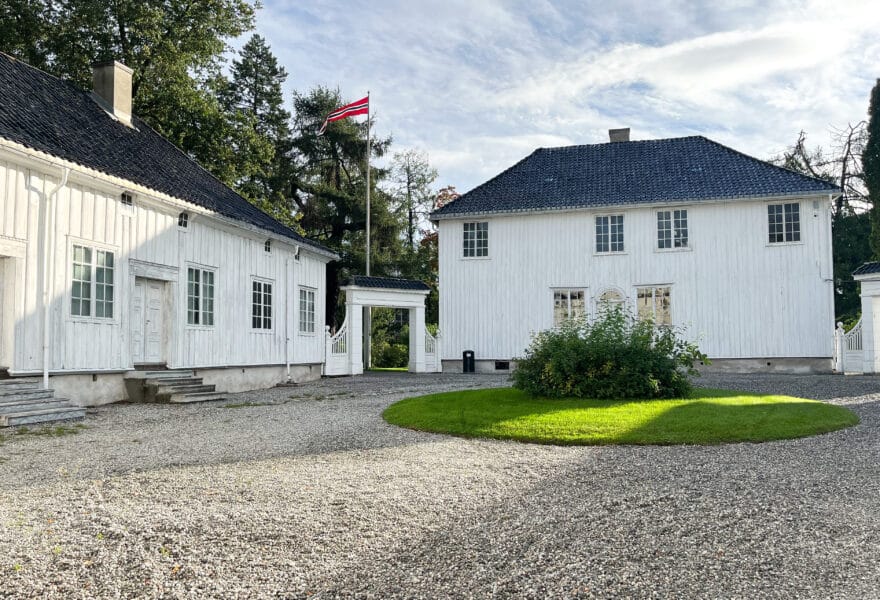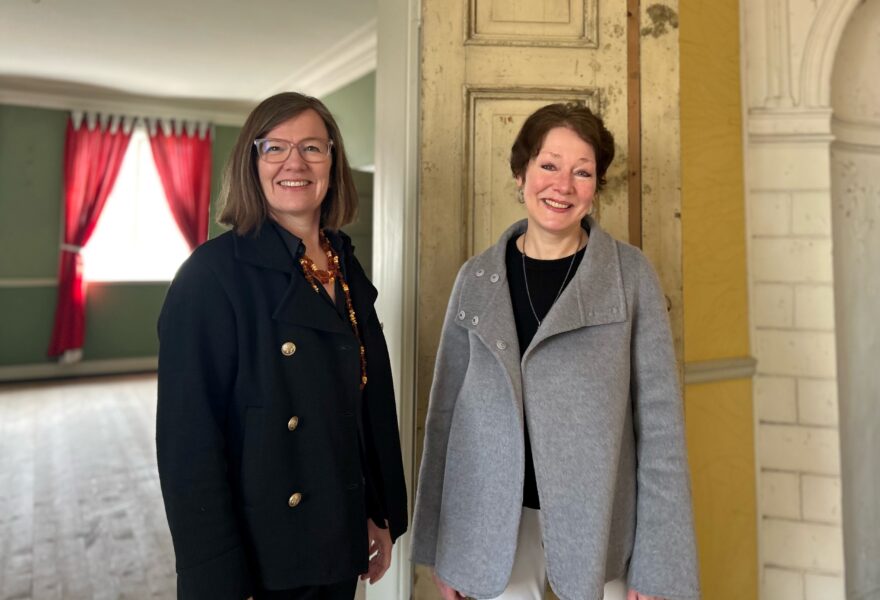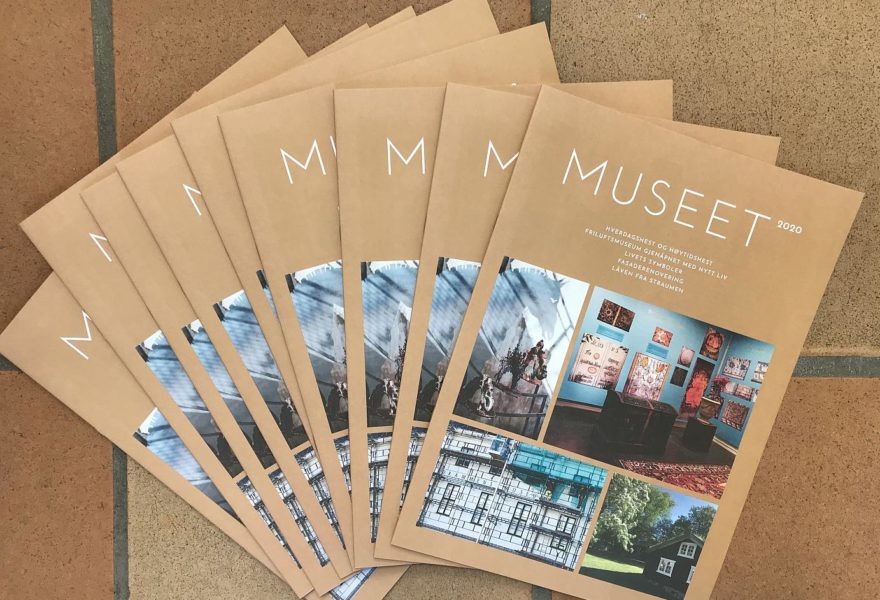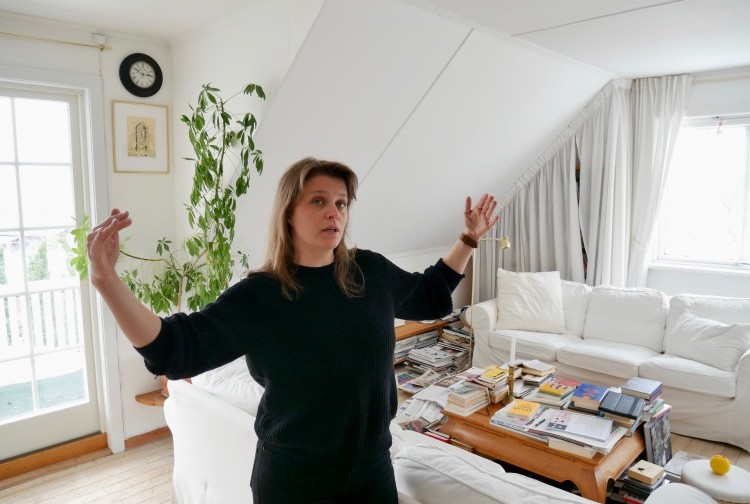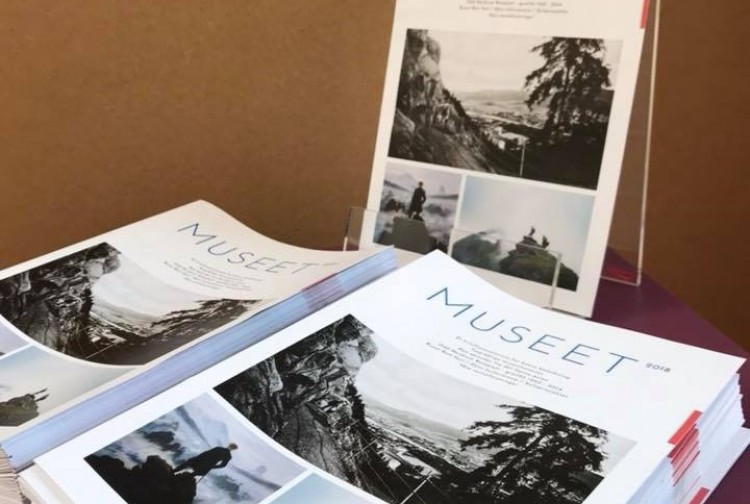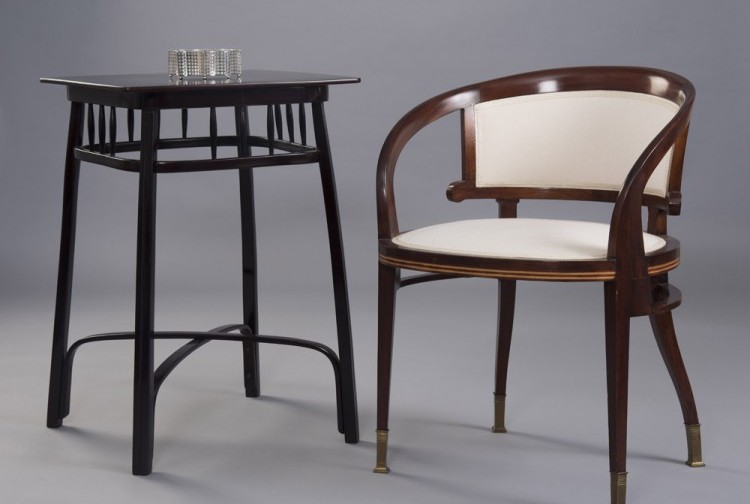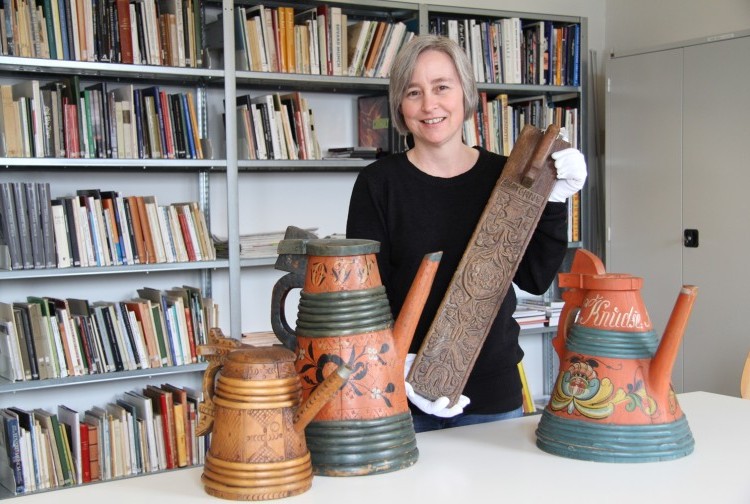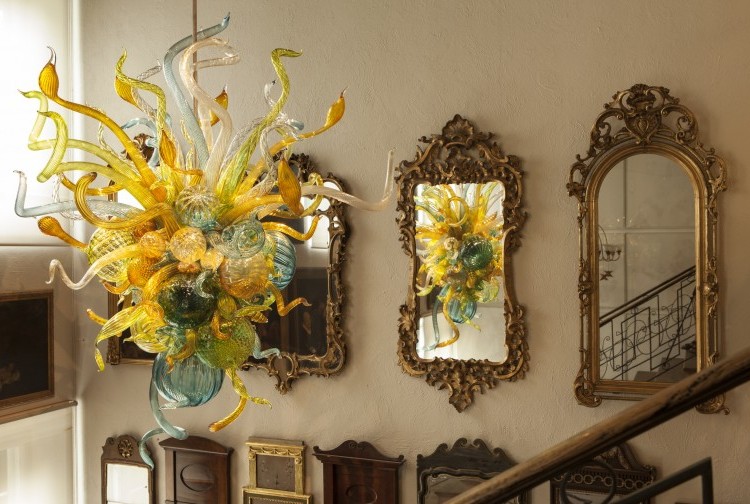Drammens Museum, Marienlyst
Drammens Museum is a fully consolidated museum unit, where art and cultural history are fully integrated.
The main activity takes place at Marienlyst, centrally located on Strømsø in close to the secondary school, gym, indoor pool and outdoor pool, beautiful sports facilities for athletics, football and bandy, and the new Marienlyst junior high school.
The museum is located in a park and includes a small village garden with ornamental grassland and hay meadows, a pleasure garden from the late 18th century with historic gardens, a large museum building from 1930 with neoclassical park and the Lyche pavilion from 1990. In 2013 the museum opened a Japanese garden located in a corner of the museum complex. The urban development of Drammen focuses on Strømsø and we see our facility as part of the positive urban development in the city.
The museum building from 1930 houses the Nøstetangen room with 18th century glass, silver, faience and tin, as well as a number of galleries with permanent exhibitions with highlights of the museum's collection of art industry, design and crafts, the villages' traditional art and church art - collections ranging from 1600- to the 20th century.
In addition, the building houses a reception and a dissemination room for educational activities, professional events and other programs, a gallery for small special exhibitions, two floors with special magazines for objects, and an office floor.
The Lyche pavilion from 1990 has several halls with a permanent exhibition of the museum's art and design collection, two halls for temporary exhibitions, a lower floor with magazines and technical rooms, as well as an open area inside and out with public facilities, café and museum shop.
Lystgården Marienlyst on Strømsø in Drammen was developed in the middle of the 18th century through the acquisition of city loops, and after drainage works the farm became a large stately agricultural property. Marienlyst Stadium and Drammens Badet are located on the farm's grounds. Marienlyst was first called "Weyersfryd" after the owner War Councilor and War Commissioner Hans Thomas Weyer and then "Tøndersfryd", after the new owner Justice Hans Henrik Tønder. Both of these owners were residents of Strømsø and they also owned the Danvik farms. The farm was named "Marienlyst" when merchant and shipowner Hans Malling bought the farm in 1809 after the late Tønder and named it after his wife Elisabeth Marie Tidemand.
Buildings, garden and museum
A pleasure farm or country villa, villa suburbana, was a place for informal conviviality. Agriculture supplied the urban household with agricultural goods, and provided hay and pasture for the livestock.
In the difficult times after 1814, wealth gradually waned and lavish sociability. From 1843, the owner was the gardener, Jørgen Knudsen, who ran a large garden on «Enga», as the farm was popularly called. In 1873, Marienlyst was sold to textile manufacturer Jørgen Fuglesang. The dirt road was gradually divided and parceled out to a riding arena and sports park. The Fuglesang family sold the farm to Drammen municipality, which handed it over to Drammens Museum in 1911. Here the museum opened its first collections for the city anniversary the same year.
Marienlyst is built with four white-painted and paneled wings that are arranged regularly around a square courtyard. The two-storey eastern main building was probably built around 1770. In the 1750s, wall tapestries from the 1770s were discovered in the main living room of this building. These are attributed by Diderik von Dram. The one-storey north building was built as a new main wing in the time of War Councilor Weyer, around 1780. The brewhouse and barn wing across the yard is built very similar to the north wing to create symmetry. The west end of the house was a barn. This building also got black-glazed roof tiles and became very expensive. The low cross wing to the west was built in Weyer's time, and was rebuilt in 1911 when the facility became a museum. The gate room in this wing was created in 1930 to create a connection to the new museum building. Marienlyst is built as a classical pleasure garden complex with symmetrical buildings and a garden with a gazebo. The two gates are distinctly classicist and were probably designed by Gulskogen's architect, Christian Staalberg. The interior details are in Louis-Seize style.
The facility was "restored" to a museum by architect Christian Fredrik Arbo in 1911. He designed the roof sheets (later removed), parts of the gates and fences, and the new museum park in strict neoclassical style, which was laid out after the museum's main building was built in 1928.
After having functioned as a display room for the museum's collections 1911-1928 and then as an amusement park museum and magazine for many years, Marienlyst is now undergoing a restoration process. The museum will revitalize and update the facility, not least by including the public along the way.
The southern part of Hallingtunet Museumsparken houses some old relocated log houses from Hallingdal, which was the museum's first approach to an open-air museum. A living room from Torpo in Ål participated in the Anniversary Exhibition in Kristiania in 1914, and after the exhibition, the museum was allowed to keep the house. In 1917, the museum bought a storage cage from Tune in Ål (1710) and set it up the following year. Then followed the stable from Villand, the attic from Rue and a sauna from Rud (Hol) (all from around 1770).
As the area was undeveloped, plans were made to build an "open-air museum" for Buskerud, based on the model of the yards at the Norwegian Folk Museum. However, the plans for a yard with old houses from all over Buskerud were only realized when the museum in 1947 was allocated by the municipality a 530-acre forest area belonging to Kobbervik farm inwards towards Norbykollen. Many houses were rebuilt here before the project was abandoned and the new open-air museum was planned on Bragernesåsen. "Hallingtunet" at Marienlyst remains as a memory of when the idea of moving such houses to the city was new. They have been lying there for almost 100 years.
Kiærpaviljongen
In 1965, a large pavilion was moved and rebuilt, which had been located above the Kiær family's farm at Havnegaten on Tangen. The pavilion has four Ionic columns and a balcony for a view of the fjord. Older photos show a painted inscription «1820» (while on the building drawing it says 1807). Possibly Gulskogen's architect Christian Staalberg has been the architect. The house is now being renovated outside and inside after a private gift.
Opening hours:
Monday to Friday 11.00 - 15.00
Wednesday 11.00 – 18.00
Saturday 11.00 – 16.00 (free admission)
Sunday 11.00 – 16.00
Address:
Konnerudgt. 7, 3045 Drammen
Info:
The exhibitions in the Museum Building, the Lyche Pavilion and the café follow the museum's opening hours.
| Adults | NOK 120 |
| Students & Senior | NOK 60 |
| Groups over 15 people (per person) | NOK 60 |
| Guided tour, by appointment (per 25 pers) | NOK 1250 |
| Children under 18 years of age | free |
See also...
The pleasure garden at Marienlyst
The Marienlyst project – revitalization, anchoring and inclusion
DRAMMEN ART ASSOCIATION 2019: Exciting art collaboration
Father and daughter explore different levels of presence
The many ways to go…
We are so lucky in Drammen that we have a unique cultural monument that is used by the city's population almost 150 years after it was built. A group of far-sighted citizens saw the potential that lay in Bragernesåsen.
MUSEUM 2018
On Saturday 2 June, we launched the 4th issue of the magazine MUSEET - this year with 4 pages of extra reading material.
What does the 20th century look like?
It is, of course, a hopeless question to answer, what a whole century looks like. And it must also be asked, when did the 20th century actually begin and when does it end?
An Insiders selection!
Drammens Museum has been a museum since 1908, and we like to say that we have approx. 50,000 items in our collection. In the collection we have "ones" within their genre, such as trophies from Nøstetangen, silver objects from famous silversmiths in Drammen, rose-painted objects by Herbrand Sata, textiles woven by Frida Hansen and paintings by JC Dahl.
Popular lecture series on the concept of identity
What do we put in the concept of identity? In a series of lectures, we have invited researchers in various disciplines to share their knowledge with us and the public at our Culture Evenings based on the concept of identity.

